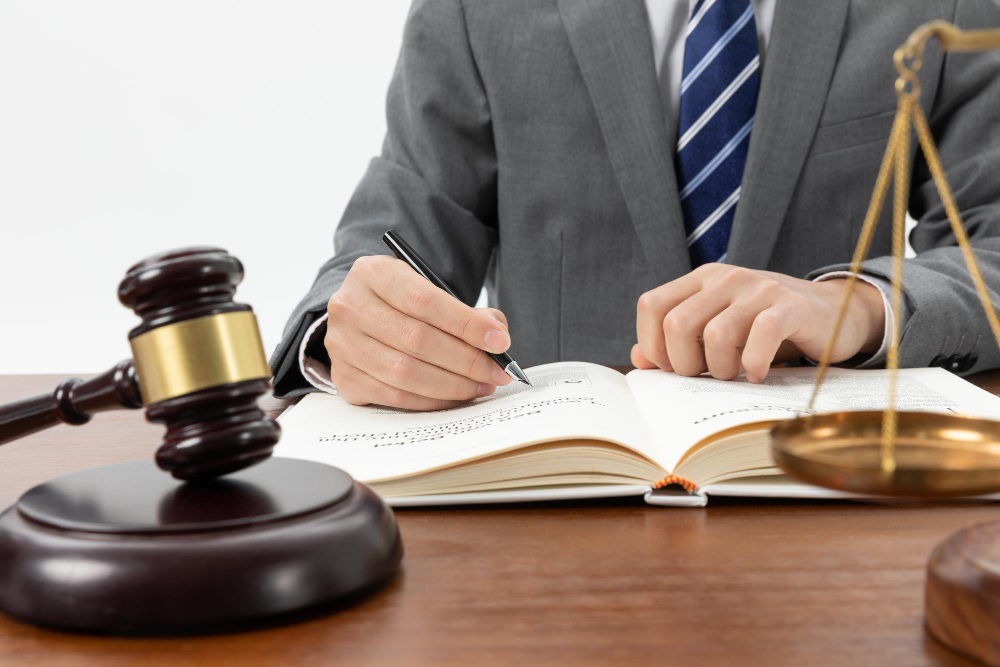The legal and administrative procedures involved in allocating a trust’s assets following the death of a trustor [the individual who established the trust] are called the trust settlement process. There are steps involved in the trust settlement process. In this article, we go through these steps. However, remember that these steps may differ based on the terms of the trust.
- Notification and identification
The successor trustee, or the person in charge of managing the trust, starts the procedure upon the trustor’s death. They usually must identify all assets held in the trust and notify beneficiaries and heirs of the trustor’s death.
- Reviewing trust documents
The successor trustee goes over the trust documents meticulously to ensure they understand the terms and conditions set forth by the original trustee. This includes figuring out who the beneficiaries are, comprehending the distribution instructions, and making sure all legal criteria are met.
- Inventory of assets
Every asset in the trust is thoroughly inventoried. This includes finding and assessing the value of every asset held in the trust, including personal belongings, bank accounts, real estate, investments, and everything else included in the trust.
- Notifying creditors
When a trustor passes away, creditors are usually informed and allowed to make claims against the trust to settle any unpaid debts. This step is essential to settle the deceased’s debts and shield the beneficiaries’ inheritance from creditor claims.

- Payment of debts and creditors
The successor trustee uses the trust’s assets to settle unpaid bills, taxes, and administrative expenses. This could cover burial expenses, court charges, and other justifiable claims against the estate.
- Distribution to beneficiaries
The next critical step is now to distribute the assets. Once debts and expenses have been paid, the beneficiaries receive the remaining trust assets according to the terms specified in the trust agreement. The trustor may designate further instructions or include particular bequests or percentage shares in the distribution.
- Accounting and record-keeping
All financial transactions and payouts must be accurately documented, which is the successor trustee’s responsibility. An accounting of the trust’s operations may be required to meet legal requirements and give transparency to the beneficiaries.
- Final tax filings
The successor trustee ensures all required tax returns are submitted on time. This involves submitting the trust’s estate tax returns and final income tax return, if any. Accurate and timely tax filings are essential to prevent any possible legal issues.
- Distribution acknowledgments
After the distributions, beneficiaries usually submit acknowledgments attesting that they have received their corresponding shares. In addition to ensuring that beneficiaries are informed about their inheritances, this documentation aids in completing the trust settlement procedure.
- Legal closure
When the successor trustee receives legal closure, the trust settlement procedure ends. This could entail completing legal obligations based on local laws, obtaining beneficiary releases, and submitting documents to the court.
Final thoughts
Trust settlement process involves executing the trustor’s intentions and allocating assets to beneficiaries as legally mandated. A seamless and legal settlement of the trust estate depends on successor trustees managing this procedure, complying to the terms of the trust agreement, and meeting their legal obligations. Expert guidance from legal and financial specialists may be sought to manage complexity and ensure applicable laws are followed.



